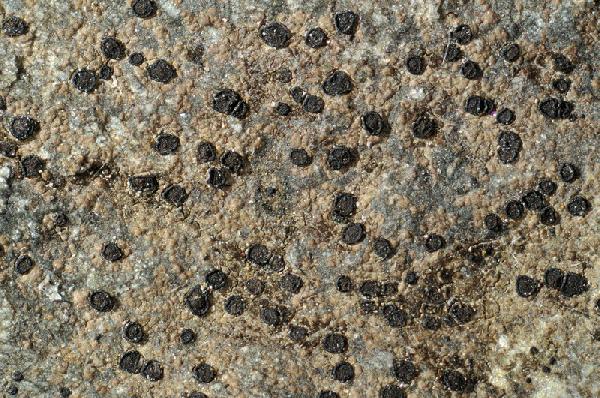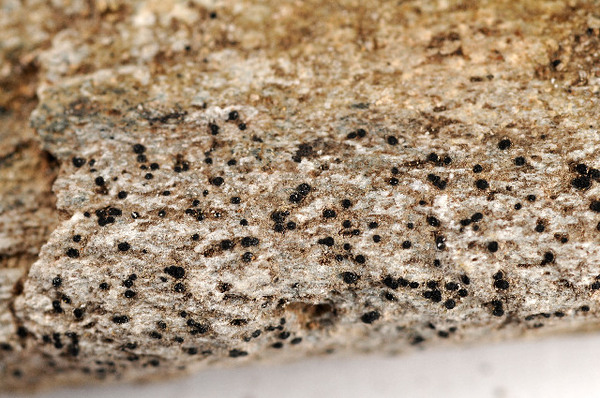Rehmia postuma (Nyl.) E.J. Möller, Timdal, Haugan & Bendiksby
Fungal Syst. Evol, 16: 224, 2025. Basionym: Lecidea postuma Nyl. - Flora (Regensburg), 51: 345, 1868.
Synonyms: Rhizocarpon postumum (Nyl.) Arnold
Distribution: N - Frl (Nascimbene & al. 2021).
Description: Thallus crustose, very thin, cracked to areolate, grey-brown to pale brown, epruinose, rarely delimited by a black prothallus, forming 1-2 cm wide patches often delimited by a dark prothallus. Areoles up to 0.2 mm wide, flat to slightly convex, smooth. Medulla white, I-. Apothecia lecideine, innate to slightly sessile, (0.2-)0.3-0.5(-0.7) mm across, with a black-brown to black, somehow shiny, flat to finally convex, smooth disc and an up to 0.1 mm thick, usually not raised but persistent, black proper margin. Proper exciple of radiating hyphae, the outer cells olive-brown to blackish green, K-; epithecium brown, K-, with crystals soluble in K; hymenium colourless, (60-)83-145(-175) µm high, I+ blue; paraphysoids slender, scarcely swelling at apex, without a strongly delimited pigmented cap; hypothecium brown. Asci 8-spored, clavate, fissitunicate, with a well-developed tholus that is K/I- in lower part and K/I+ blue near the apex, lacking an ocular chamber, Rhizocarpon-type. Ascospores weakly submuriform (with (4-)5-7 cells in optical view), hyaline, ellipsoid, (15-)17-25(-28) x (8-)9-12(-13) µm, halonate. Photobiont chlorococcoid. Spot tests: medulla K+ yellow, C-, KC-, P+ yellow (reactions best visible on thallus sections under the microscope). Chemistry: medulla with often low amounts of stictic acid.Note: a species recalling Rhizocarpon distinctum in the small-sized apothecia, but medulla not amyloid and with stictic acid; on siliceous rocks, often close to streams and waterfalls; widespread in Europe, but rather rare or not always distinguished, with scattered records from the Alps.
Growth form: Crustose
Substrata: rocks
Photobiont: green algae other than Trentepohlia
Reproductive strategy: mainly sexual
Commonnes-rarity: (info)
Alpine belt: very rare
Subalpine belt: very rare
Oromediterranean belt: absent
Montane belt: extremely rare
Submediterranean belt: absent
Padanian area: absent
Humid submediterranean belt: absent
Humid mediterranean belt: absent
Dry mediterranean belt: absent

Predictive model
Herbarium samples
Growth form: Crustose
Substrata: rocks
Photobiont: green algae other than Trentepohlia
Reproductive strategy: mainly sexual
Commonnes-rarity: (info)
Alpine belt: very rare
Subalpine belt: very rare
Oromediterranean belt: absent
Montane belt: extremely rare
Submediterranean belt: absent
Padanian area: absent
Humid submediterranean belt: absent
Humid mediterranean belt: absent
Dry mediterranean belt: absent

Predictive model
| Herbarium samples |
 DOLICHENS
DOLICHENS



